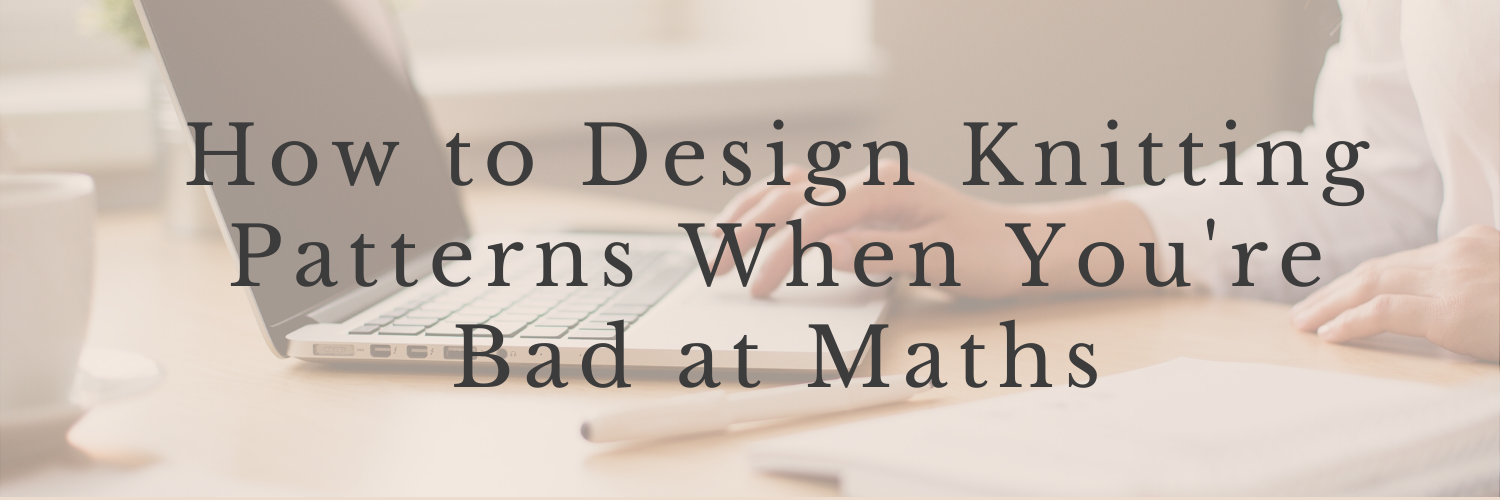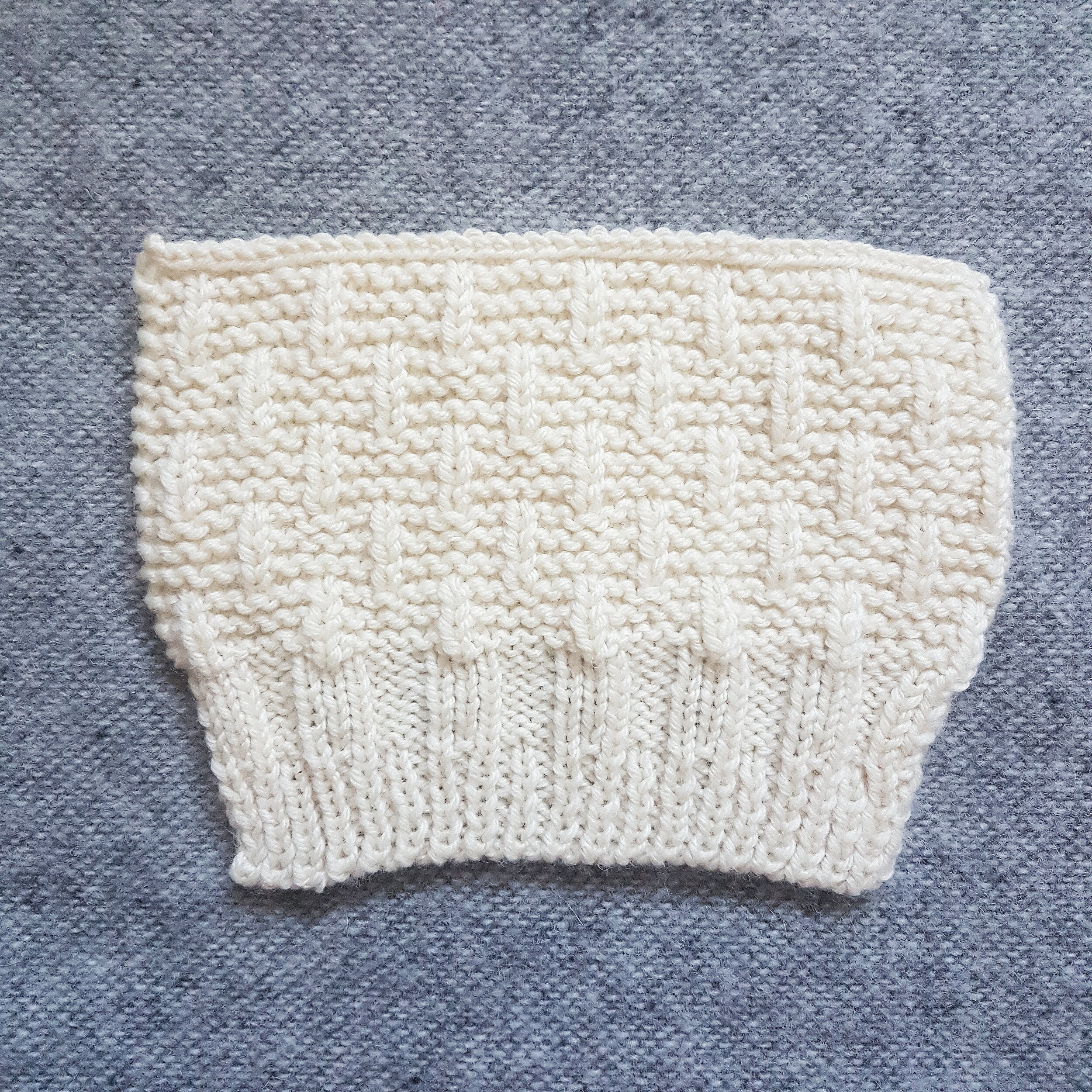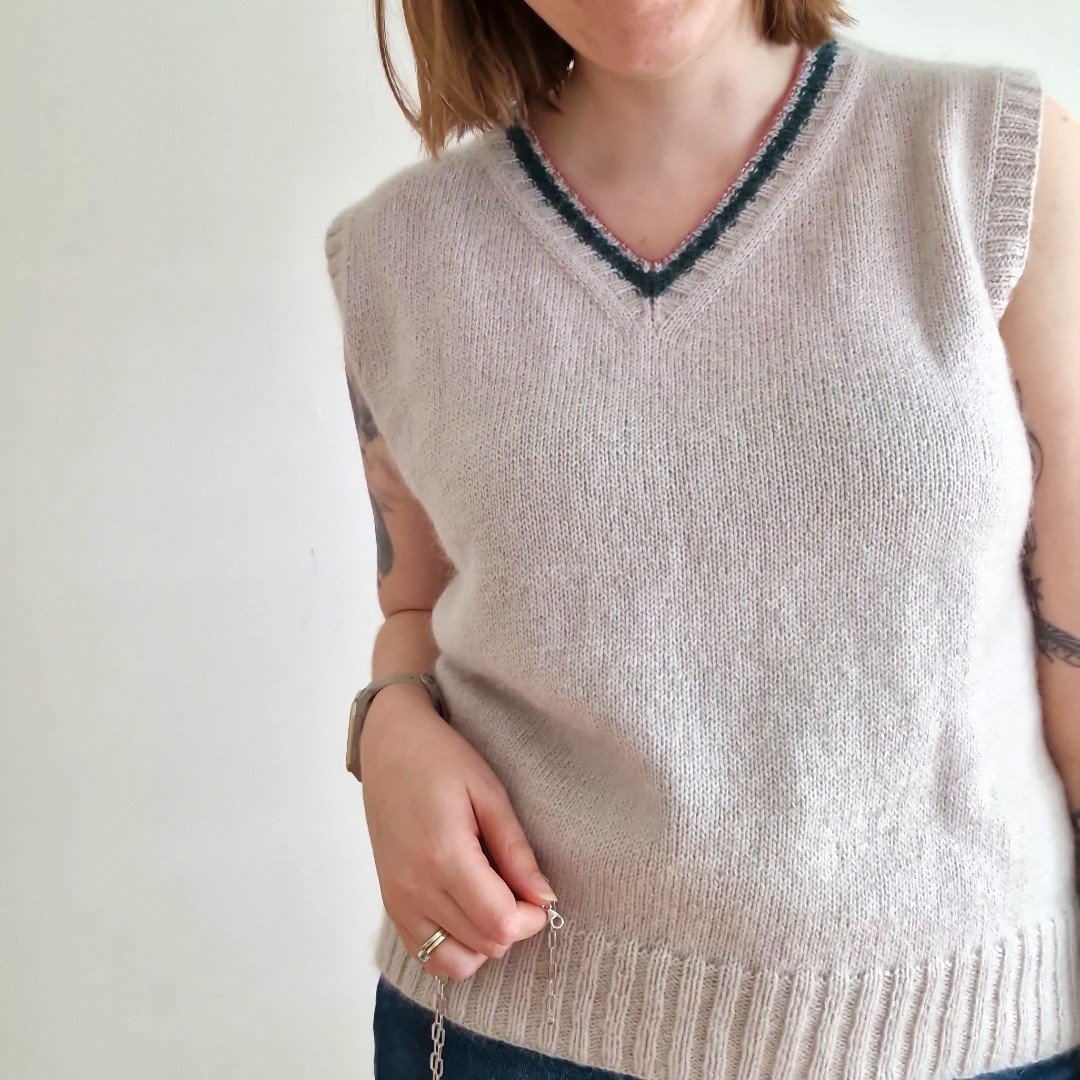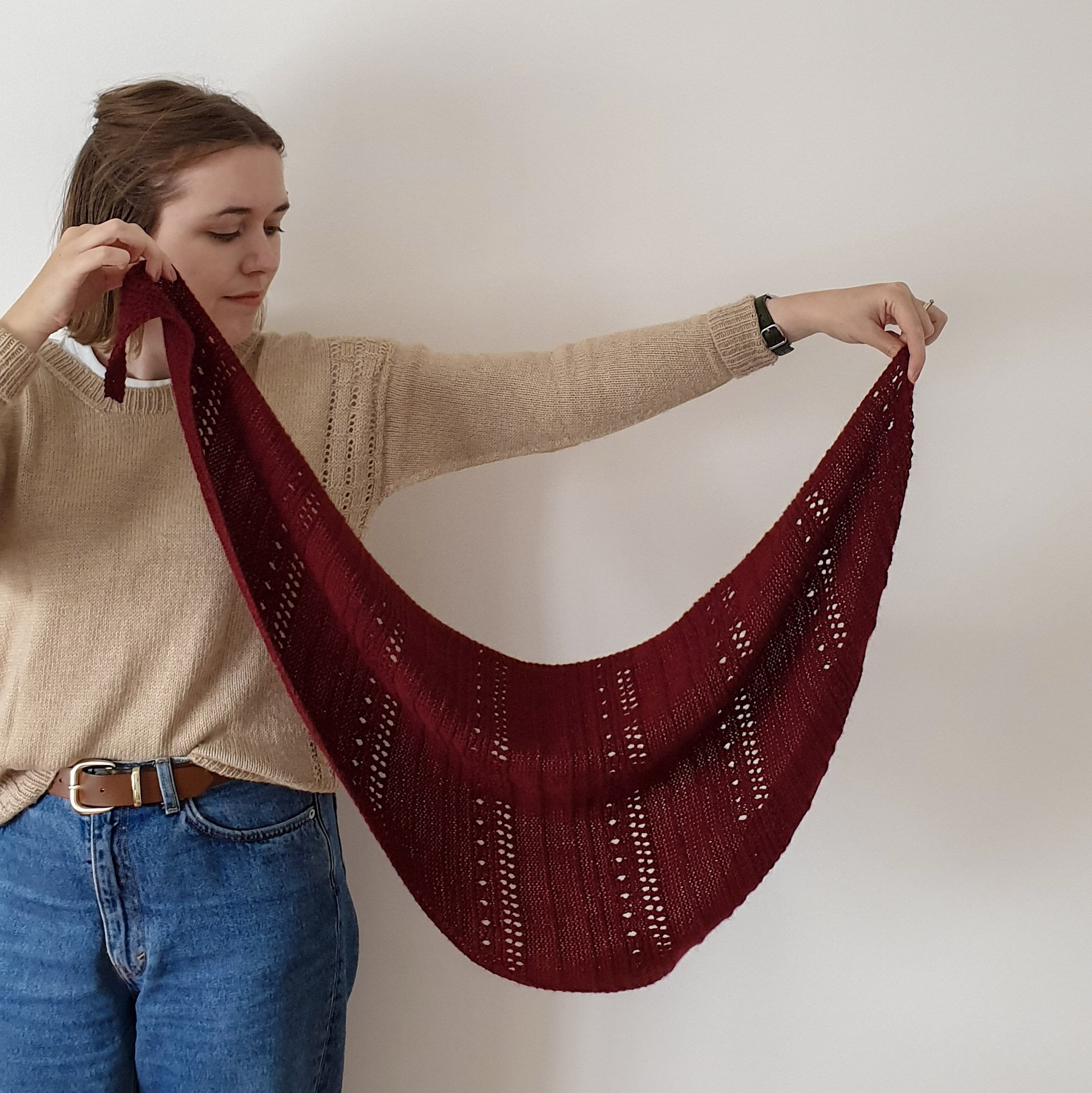Do you need to be good at maths to be a knitting pattern designer?
Sometimes, people in my community, The Sisterhood, ask me whether they need to be good at maths in order to become a knitting pattern designer. It’s a fair question: in order to go from swatch to garment, you need to make a lot of calculations to ensure that your designs end up the correct size and shape.
Naturally, those who are good at maths will find technical knitwear design easier. They can use complex equations to design something very sophisticated in construction. Grading will likely be a breeze. There is no denying that it is easier when you are confident with maths.
However, you don’t need to be a master mathematician to make it work. I’m proof of that.
I’m not great at maths.
I admit it: I’m not great at maths. I enjoy maths because I love the logic behind it. My anxious brain loves it when there are either right or wrong answers and very little grey area. Unfortunately, it’s really not my strong suit. In fact, I got a D in my Maths A-Level!
Despite my questionable maths skills, I have found that I can get by with understanding how and why parts of a design are calculated and by relying heavily on my spreadsheet to do all the heavy lifting for me! The more familiar I became with the technical process, the more confident I became. Funnily enough, my maths skills have grown enormously since I started designing knitting patterns.
If, like me, maths can feel like a bit of a struggle, here are some tips to make the technical side of knitting pattern design a little easier.
Keep it Simple
Don’t be afraid to keep it simple, at least initially. Avoid large pattern repeats that are difficult to grade. In fact, skip grading entirely by designing things like shawls and cowls at first. Removing grading from the design process will allow you to build your skills on designs that don’t require as much maths.
If you do want to design garments, avoid complex constructions. I will always advocate for starting out with a drop-shoulder sweater. You can’t get simpler than that! Choose a construction style that is very familiar to you and keep reproducing it to build your confidence. Then, move onto something a little more challenging.
Use a Spreadsheet
I stopped making a lot of mathematical mistakes when I started using spreadsheets. All you need to know is what formula to use - and I share a lot of these formulas/equations in my design tutorials. Based on your formulas, the spreadsheet will generate the numbers for you.
As long as you provide the spreadsheet with the right formula, it will give you the right answer. And of course, if you’re getting the wrong answer, all you need to do is correct the formula. It really simplifies the process.
A bonus of using spreadsheets for knitting pattern design is that you can drag your formulas across multiple sizes, which really speeds up the grading process!
Use a Fantastic Tech Editor
A great tech editor will make even the worst mathematician look good! They are amazing at maths - that is literally their job! If you work with a skilled tech editor, they will verify all of your numbers, point out your errors and tell you where you need to make changes. It is so, so helpful.
Hire Someone to Grade Your Patterns
If you absolutely hate maths and want to eliminate grading from your process, you could always pay someone to do it for you. Quite a few tech editors offer this service, so ask around.
With grading off your plate, you can focus on the creative side of knitting pattern design, as well as writing the pattern and promoting it when it is published.
Remember: Maths is Only Part of the Process
When it comes down to it, maths is only part of the pattern design process. Whilst making sure that the numbers work and that the pattern fits across all of the sizes is super important, it’s only part of what a knitting pattern designer does. A pattern with perfect maths doesn’t necessarily make it a successful pattern.
A great knitting pattern designer knows how to:
Create designs that are appealing to makers
Present their designs well through photography
Provide all of the technical information that a maker needs in order to buy the pattern and execute it
Provide excellent pattern support
I’m sure there are plenty of things I’ve missed on that list too!
Where you might lack in the maths department, you likely excel in other areas of the design process. You might design highly covetable garments or accessories that knitters absolutely need to make. You might write the clearest, easy-to-follow knitting patterns. You might go above and beyond to support the makers using your patterns. You will have expertise in other areas.
Don’t let your perceived lack of skill hold you back. You can certainly become a great knitting pattern designer, even if you’re bad at maths.























